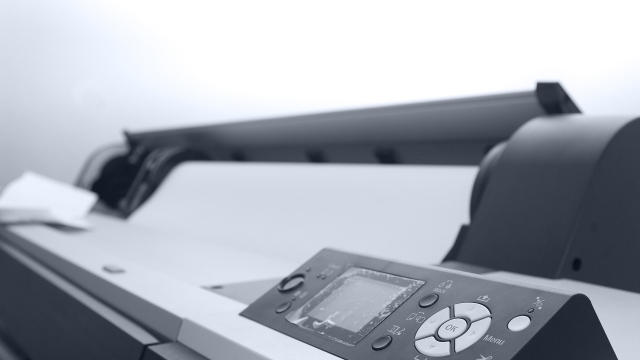
In today’s fast-paced business environment, efficiency and accuracy in managing financial transactions are paramount. Automated billing systems have emerged as invaluable tools for businesses seeking to streamline their billing processes, enhance cash flow management, and reduce human error. These systems not only save time but also allow organizations to focus on their core operations while ensuring that billing tasks are handled seamlessly. In this article, we will explore the intricacies of automated billing systems, including their features, implementation strategies, cost considerations, and real-world success stories.
Overview of Automated Billing Systems: What They Are and How They Work
Automated billing systems are software solutions designed to manage invoicing and payment processes without the need for manual intervention. They facilitate the generation of invoices, track payments, and manage recurring billing cycles. By automating these processes, businesses can minimize administrative workloads and enhance their operational efficiency.
At their core, these systems leverage technology to create, send, and follow up on invoices automatically. Through integration with accounting software and payment gateways, they provide a comprehensive view of a company’s financial health, ensuring timely payments and reducing the chances of errors associated with manual billing.
Key Features to Look for in Automated Billing Solutions
When selecting an automated billing solution, it is crucial to consider several key features that can significantly impact usability and efficiency:
- Automation Capabilities: Look for systems that can automatically generate invoices based on configurable parameters, such as subscription plans or usage-based billing.
- Integration Options: Ensure the system can integrate seamlessly with other business tools, such as customer relationship management (CRM) software and accounting platforms.
- User Experience: A user-friendly interface is essential for both the staff managing the billing and the customers receiving invoices. Consider solutions that offer customizable templates and clear navigation.
- Payment Processing: Evaluate the supported payment methods and the speed of transaction processing, as well as features for handling late payments and reminders.
Comparative Analysis of Popular Automated Billing Systems
There are numerous automated billing solutions available, each with its strengths and weaknesses. For instance, some popular options include:
- System A: Known for its robust reporting features and customization options, making it ideal for larger organizations with complex billing needs.
- System B: Offers a straightforward interface and excellent customer support, making it a favorite among small businesses.
- System C: Provides competitive pricing and a wide range of integration capabilities, appealing to businesses looking for flexibility.
When evaluating these systems, it is essential to assess how well they align with your specific business requirements and budget constraints.
Implementation Strategies for Automated Billing Systems
Implementing an automated billing system requires careful planning to ensure a smooth transition. Here are some strategies to consider:
- Define Objectives: Clearly outline what you hope to achieve with the system, such as reducing billing errors or improving cash flow.
- Test the System: Before full-scale implementation, conduct pilot testing to identify any potential issues and ensure that the system meets your needs.
- Train Employees: Invest in training for staff to ensure they are comfortable using the new system and can maximize its features.
Cost Considerations: Pricing Models for Automated Billing Solutions
The cost of automated billing solutions can vary widely based on features, scalability, and support. Common pricing models include subscription-based pricing, where businesses pay a monthly or annual fee, and usage-based pricing, which charges based on the volume of invoices processed. It is essential to evaluate the total cost of ownership, including any additional fees for integrations or upgrades.
Case Studies: Success Stories of Businesses Using Automated Billing
Many businesses have successfully adopted automated billing systems, resulting in substantial efficiency gains. For instance, a mid-sized SaaS company reported a 30% reduction in payment processing time after implementing an automated invoicing solution. Another case involved a retail company that streamlined its billing operations, reducing invoice discrepancies by over 50% within the first few months of adoption.
These examples underscore the transformative potential of automated billing systems, demonstrating how they can enhance operational efficiency and improve financial management.
For businesses looking to enhance their billing processes, exploring automated invoicing solutions can lead to significant improvements in efficiency and accuracy. By understanding the key features, implementation strategies, and costs associated with these systems, organizations can make informed decisions that drive success. For more information on effective automated billing systems, consider visiting Zywell.






